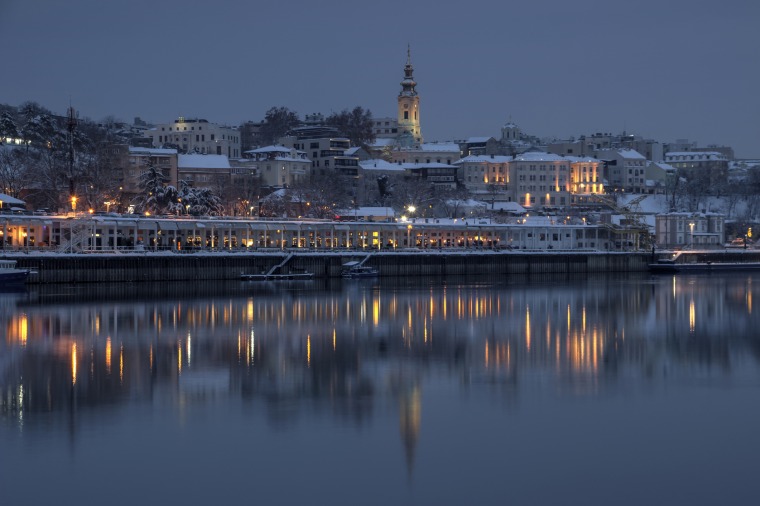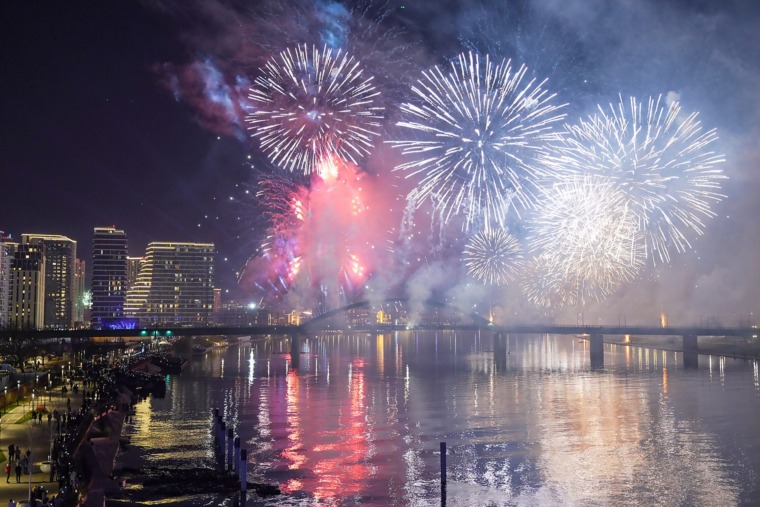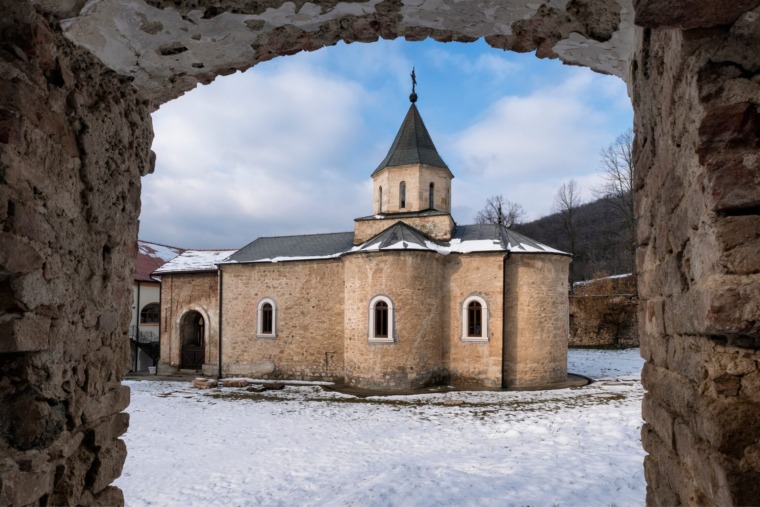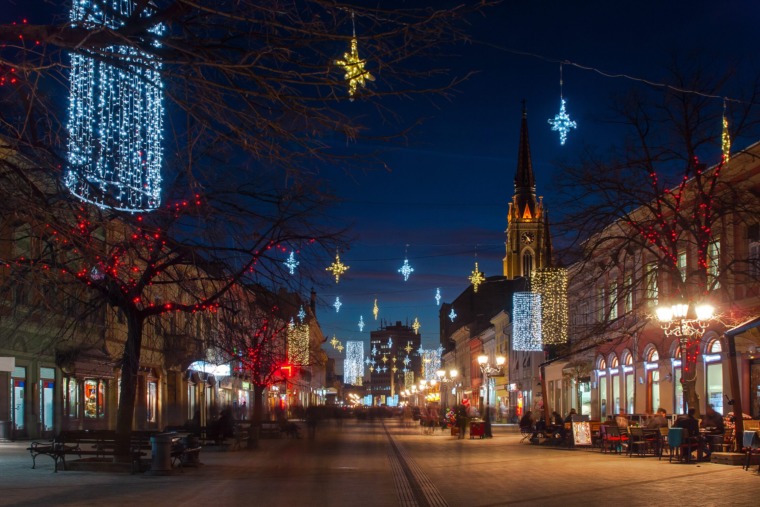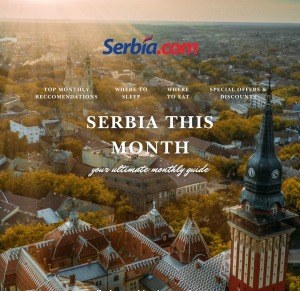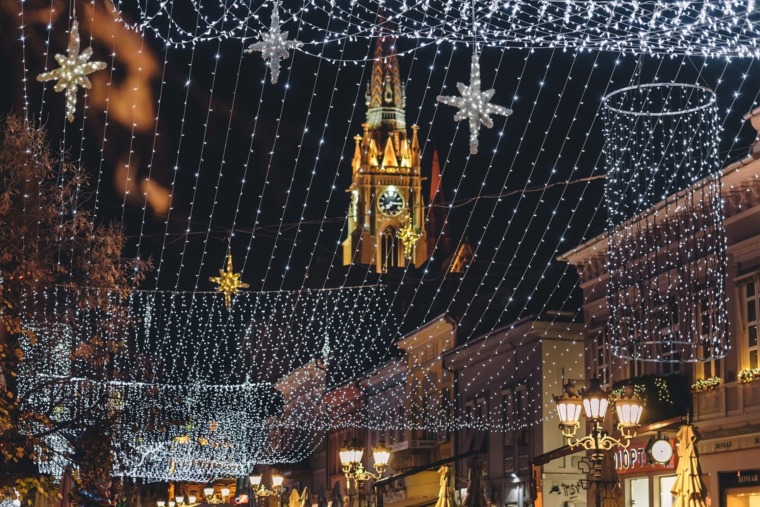

The 1st of May, known in Serbia as “Prvi maj” or International Workers’ Day, is more than just a public holiday—it’s a cherished tradition that brings together family, friends, and nature. While the day originates from the global labor movement and the fight for workers’ rights, in Serbia it has evolved into a powerful symbol of solidarity, leisure, and national camaraderie.
Introduced during the socialist era, the holiday retained its importance even after the political changes of the 1990s. Today, it represents a blend of historical respect for workers’ contributions and a cultural celebration of springtime, rest, and human connection.
How Serbs Celebrate May Day: Traditions and Customs
1. Early Morning Escapes to Nature
The most recognizable Serbian tradition tied to the 1st of May is the picnic in nature. As soon as the sun rises, riversides, forests, parks, and mountains fill with the smell of grilled meat and the sound of cheerful music. Popular spots include Ada Ciganlija in Belgrade, Fruška Gora near Novi Sad, and Tara, Zlatibor, and other mountainous regions.

People often leave the night before (on April 30th) to secure the best picnic spot, with tents, guitars, and coolers packed for an overnight stay. This custom is called “uranak” – an old word meaning to rise early, and by extension, to start the celebration before dawn.
2. Roštilj – The Star of the Table
No Serbian May Day is complete without “roštilj” (barbecue). Grills sizzle with ćevapi, pljeskavice, pork chops, and chicken wings, accompanied by fresh spring salads, bread, and plenty of beverages—both soft and spirited.

It’s a feast of flavor that reflects the nation’s love for hearty food and hospitality.
3. Togetherness Above All
What truly defines the 1st of May in Serbia is the sense of togetherness. Extended families and groups of friends gather to relax, talk, laugh, and sing. Music—often traditional or folk—is a key part of the day, sometimes played live with harmonicas or brought along via portable speakers. For many, this is the rare day when everyone disconnects from daily routines and reconnects with people and nature.
A Day Off with a Purpose
While the festive atmosphere dominates, the day still retains its roots in workers’ rights and social justice. Trade unions and workers’ organizations may hold symbolic marches or issue public statements about labor conditions. However, these are usually low-key and receive less attention than the countrywide celebrations in nature.
Celebrating in Cities and Villages Alike
From urban centers to rural villages, the 1st of May is observed across all of Serbia. In Belgrade, people flock to Košutnjak, Ada Ciganlija, or Avala. In smaller towns, locals gather at nearby lakes, rivers, or forests. Wherever they are, Serbs celebrate with the same spirit: outdoors, with food, music, and one another.

May Day in Serbia Today: A Living Tradition
Despite modern life and changing times, the Serbian celebration of the 1st of May remains strong. It’s a rare mix of old and new—honoring workers’ struggles while embracing the joy of simple pleasures: good food, good company, and the great outdoors.
For visitors to Serbia, it’s a wonderful time to witness local culture in its most authentic and relaxed form. Just follow the scent of grilled meat and the echo of laughter—and you’ll find yourself in the heart of a Serbian May Day.
Related Articles


What to Do with Kids in Serbia: Family-Friendly Holiday Ideas
December 14, 2025
Winter Wine Escape: Serbia’s Most Beautiful Holiday Wineries
December 11, 2025